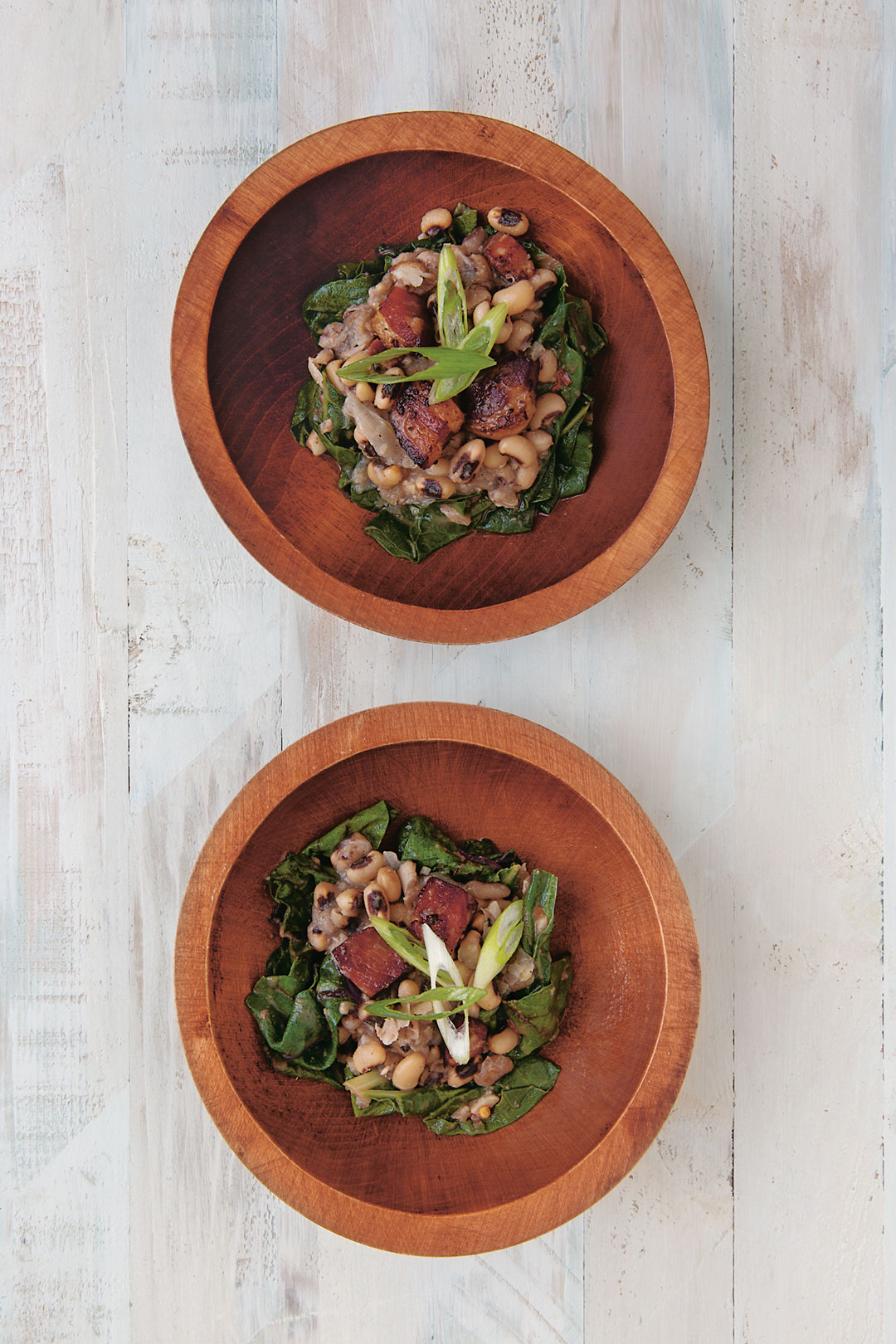
The best New Year dishes from around the world
Impress family and friends with these international dishes, drawn from our cookery titles
Don’t see in the New Year with the same old food. Everyone’s used to staple party snacks such as mozzarella sticks and chicken wings, but if you really want to impress guests, there are plenty of other New Years Eve and New Years Day dishes to try from around the world.
If you’re in Louisiana, then you might be seeing 2019 in with a plate of black-eyed peas with salt pork and greens (top). “This hearty dish, known as Hoppin’ John, is a must on New Year’s Day for Southerners, who say the distinctively marked dried beans bring luck, while greens symbolize money for the upcoming year,” explains America the Cookbook. “The combination is usually seasoned with a piece of cured pork (such as salt pork) ham hock, or several slices of bacon ham.”
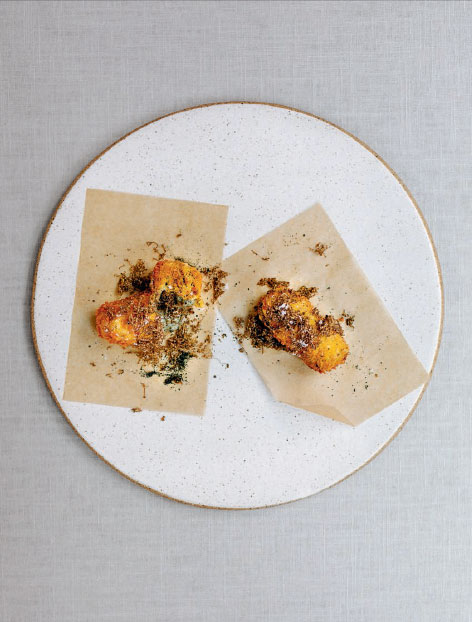
Young New Yorkers might prefer celery root and black truffle, a dish Jeremiah Stone of the hot NYC restaurants Contra and Wildair did for a special NYE dinner a while ago. Black truffles aren’t’ cheap, but what really sets this recipe apart says Stone in A Very Serious Cookbook, is “how the celery root (celeriac) is cooked. Sure, it’s a slightly nerdy thing to say, but the way the celery root is cooked is pretty special (and labor intensive). You basically cut the root to the size of a grain of rice and simmer it in milk, to flavor the milk (which gets used in a béchamel) and gently cook the celery root (please don’t turn it to mush). You then take that mixture, set it, cut it, and fry it into little croquettes, and even then, the celery root maintains its texture, while becoming super soft and creamy.”
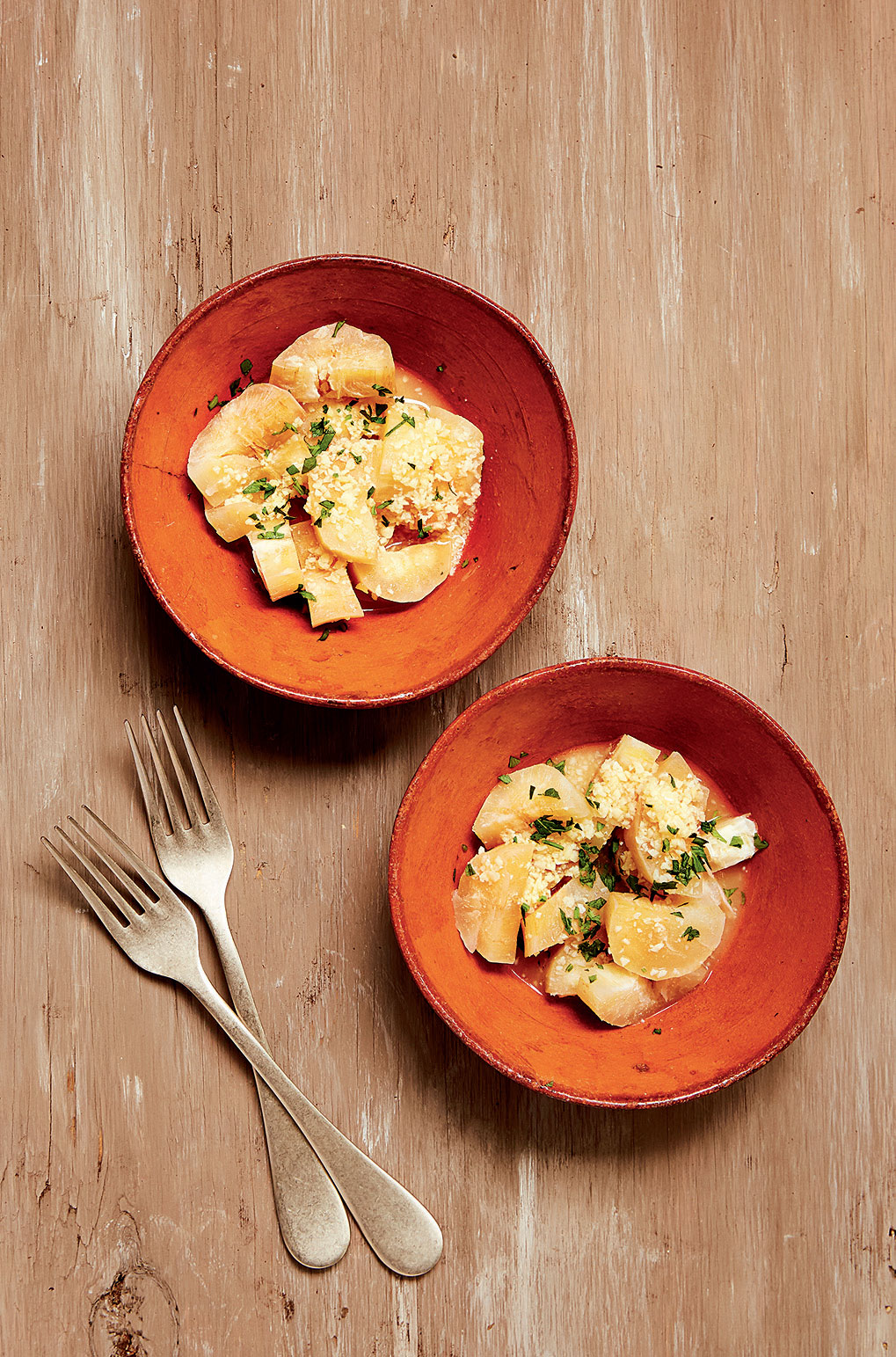
Just off the US mainland, in Cuba, New Year’s Eve, is celebrated with simpler dishes, such as “roasted pork and rice and beans,” explains Cuba the Cookbook, “along with root vegetables, salad, and fried plantains.” Consider yuca, or cassava root in sauce: “a very traditional Cuban dish,” explains our book, “which is always present for New Year’s Eve dinners and other holidays.”
Though Japan is part of East Asia, its cooks have been marking the western New Years Eve and Day on December 31 and January 1 since 1873, when the country adopted the Gregorian calendar as part of its modernisation drive.
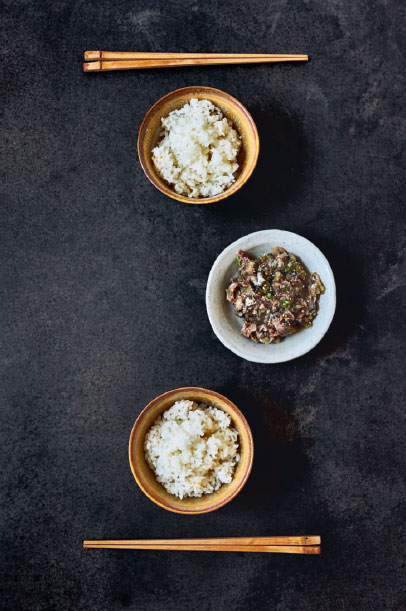
“Rice remains an integral part of traditional Japanese celebratory days, such as eating mochi [pounded glutinous rice], during the New Year celebrations,” explains the cook and author Nancy Singleton Hachisu in Japan the Cookbook. Yet she also singles out citrus and ume-dressed daikon and sardines as a popular and tasty dish for the New Year. “The addition of ume [Japanese apricot] here makes the combination unforgettable,” she writes.
And or course the huge, tasty and capacious Nordic Baking Book has something in its pages for New Years too. Magnus recommends the Almond Wreath Cake, “A festive pastry served at celebrations like weddings, baptisms, Christmas and New Year’s Eve. The cake consists of a number of rings baked from ground almonds, sugar and egg whites, stacked on top of each other, with each new layer being a slightly smaller diameter than the previous one,” he explains.

And if that sounds a bit testing, then you could always try his version of mulled wine, which combines a light, young wine, such as a Burgundy, with sugar, spices, hard liquor and citrus fruit. However, if you’re planning to try Magnus’s version, you might want to get mixing a.s.a.p. For best results, his recipe requires the ingredients to macerate for at least a week!
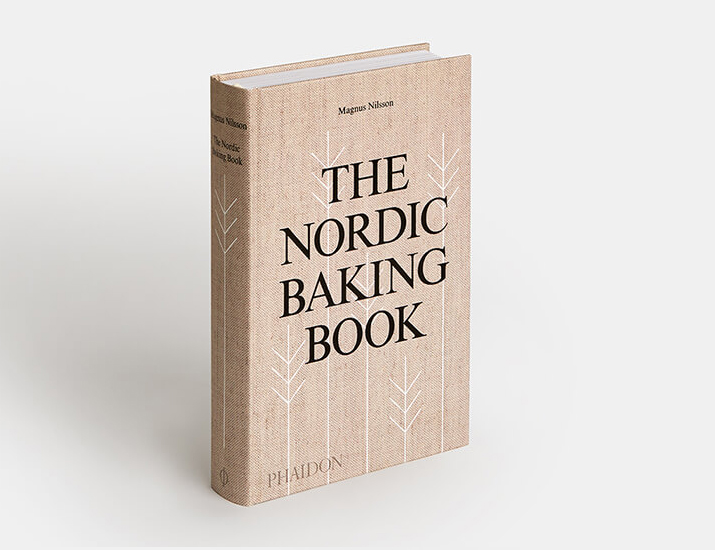
For more on Magnus’s recipes order a copy of The Nordic Baking Book here; for more from Japan get Japan the Cookbook; to see in the New Year Cuban style get Cuba the Cookbook; for an cool, upmarket NYC take get A Very Serious Cookbook; and for an All American New Year get America the Cookbook.